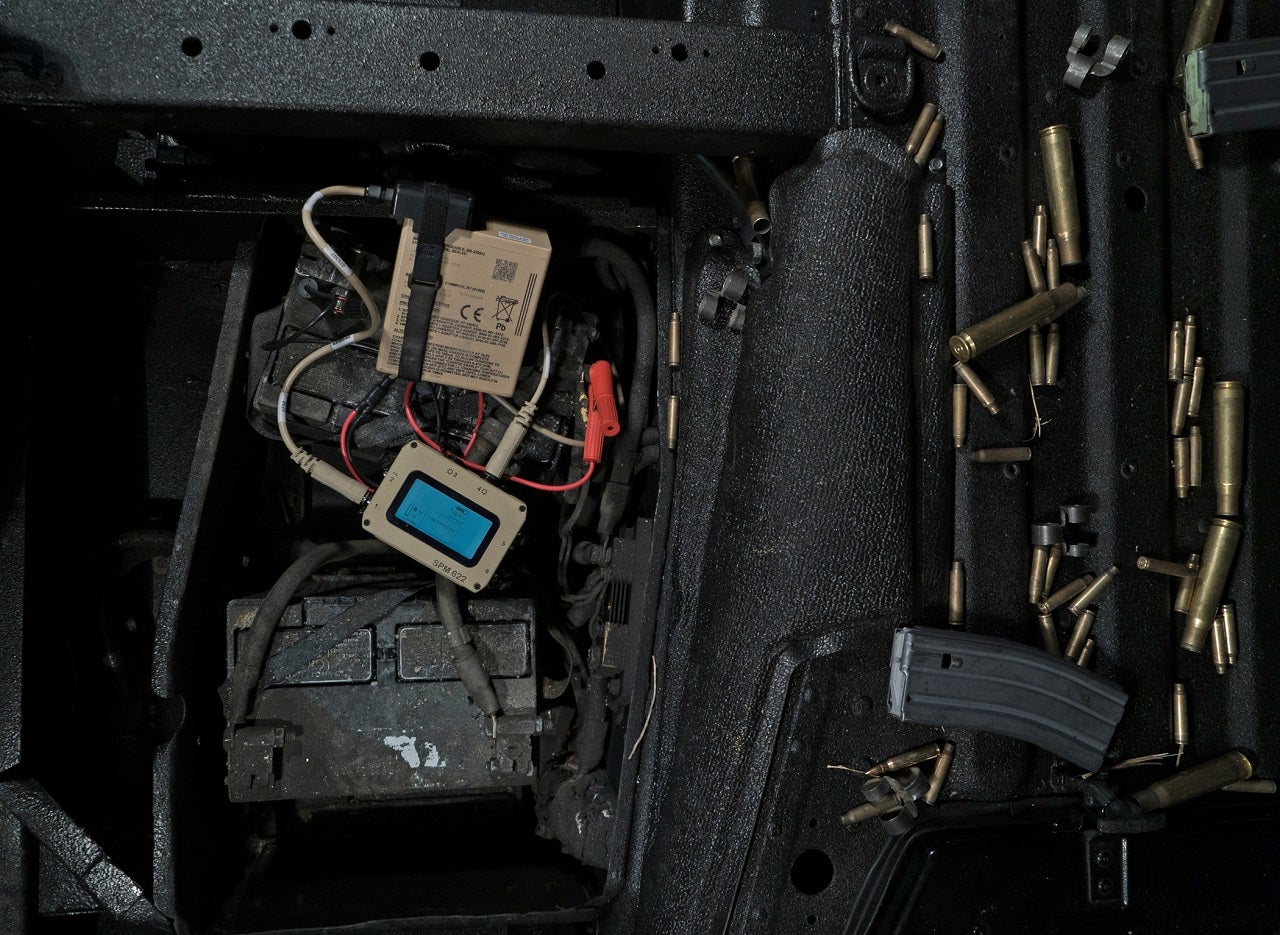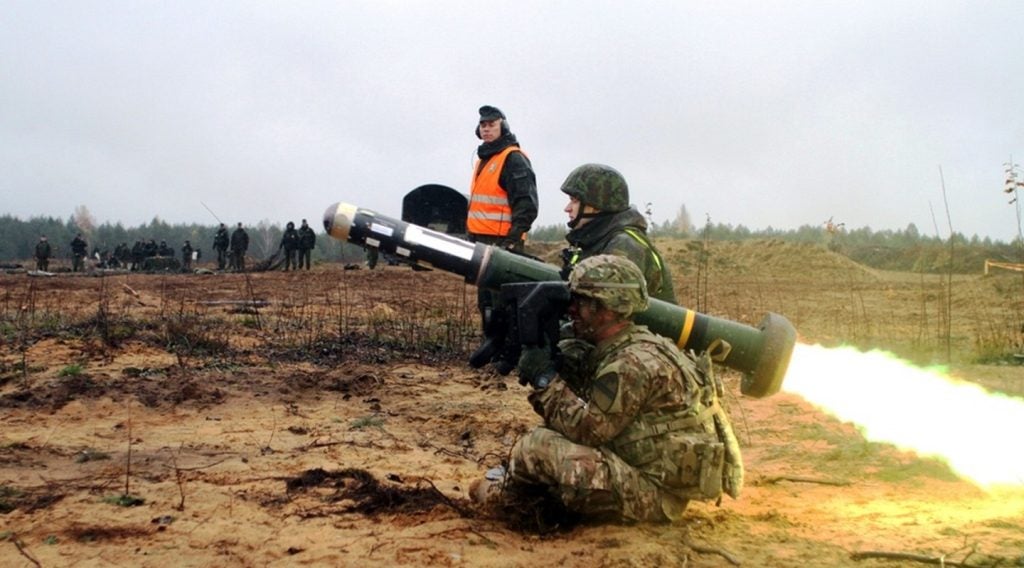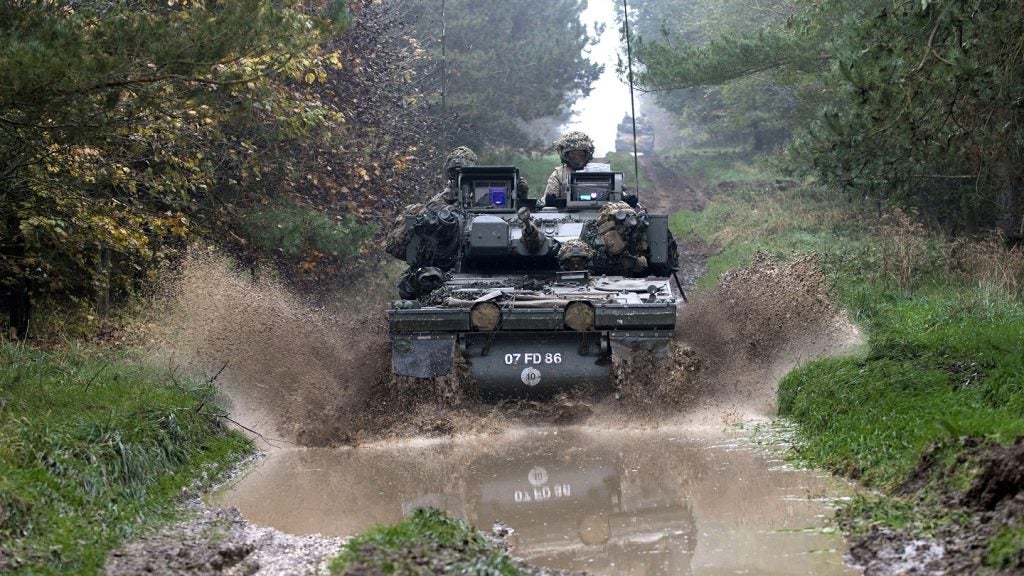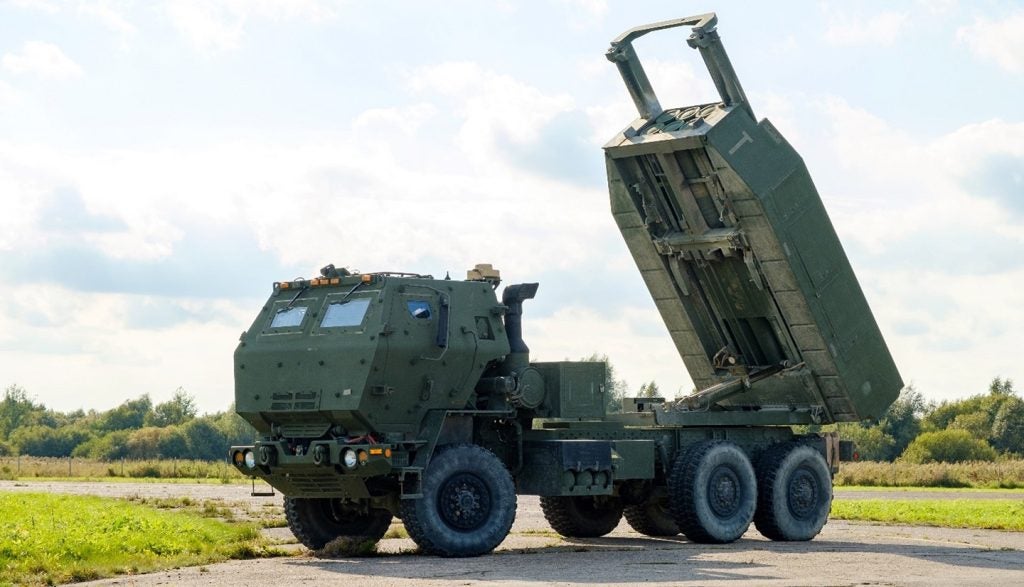
Distribution of essential assets, such as ammunition and food and water, before and after each operation, is a critical part of correct battle procedures. As ground troops are increasingly reliant on electric-powered technology, having adequate and economic power management is also crucial.
In October 2021, North America-based Galvion (previously Revision Military) won a contract to support the US Army explosive ordnance disposal (EOD) efforts with its customisable Squad Power Manager (SPM) kit. The contract is worth $5.8m and the company will begin delivering the programme in December 2021.
The SPM is a core element of Galvion’s Nerv Centr Active System range, a soldier power solution. The devices are designed to provide scalable power and data to dismounted troops. The SPM can power equipment and recharge batteries simultaneously. It can scavenge energy from any available source with direct current (DC) input.
Product manager for Galvion’s Active System Sean Gillespie tells Global Defence Technology: “It [the power source] can be cars, batteries or solar. You can use mechanical energy, so hand cranks work, or if you have a wind turbine or some type of hydraulic machine, you can use that.
“As long as it gives off energy and power and gets up to the high enough voltage, which is three volts – that’s about how much voltage you get out of a 123 battery – you can convert that into usable energy for other devices.”
Gillespie says the hardware and the software work together to harvest and convert the power into a usable voltage for batteries in the most efficient way.
How well do you really know your competitors?
Access the most comprehensive Company Profiles on the market, powered by GlobalData. Save hours of research. Gain competitive edge.

Thank you!
Your download email will arrive shortly
Not ready to buy yet? Download a free sample
We are confident about the unique quality of our Company Profiles. However, we want you to make the most beneficial decision for your business, so we offer a free sample that you can download by submitting the below form
By GlobalDataThe intelligence power management system automatically analyses the devices and energy sources connected to it and prioritises which devices to charge first. Active System’s project manager Chris Bonni says: “The SPM knows what’s plugged into it and the system knows what to prioritise if there’s a limited amount of power. When there’s a lot of power, it’ll charge everything.”
The SPM capabilities allow teams to carry fewer batteries while enabling active power-monitoring through a backlit LCD graphical user interface. The ruggedised and weatherproof device can withstand temperatures ranging from -30 to 70 degrees Celsius.
Galvion works with customers to determine and tailor those priorities. The SPM itself remains the same, but the cables that go with it vary from user to user.
Marketing and communications director for Galvion Marnie Blanshay says: “The EOD uses some equipment that is not the same as kit that other armies with the SPM kit would use. We would develop the cables that work with that equipment and the customer will provide us with information about what the priority equipment is and where power should be prioritised.”
The SPM can push out approximately 150 Watts of electricity when full. That equates to about three handheld radio batteries which can be charged simultaneously at their full rate.
Gillespie believes the real aptitude comes from the independence of the systems. “The way the software works in the SPM is that it’s going to try to fill up batteries as quickly as possible in the most efficient way possible without any user input,” he emphasises.
“We’ve spent a lot of time on software to do this in order to make it so the user doesn’t have to think about power, they can focus on beans and bullets and the mission, and the power portion is taken care of for them.”
Forces engaging with EOD activities have an even greater need of energy and correct distribution of that than regular troops due to the nature of their field. Gillespie, who served in the army, explains that in the past 20 years US and allies’ adversaries, to inflict the greatest casualties, tend to use improvised explosive devices (IED) and explosively formed penetrators (EFP).
“They need equipment for very specific threats, and they don’t really know what the specific threats are, so they have to carry a lot of different equipment and all those tools need batteries, all those tools use slightly different batteries or different amounts of batteries.
“EOD techs are operating with things your typical infantry men or marine are not going to be carrying, so those specific items are increasing their power burden beyond your typical dismounted troops,“ he says.
The company expects to deliver the contract in full within one calendar year.
Galvion says its system is field-proven with kits in operation across all US Department of Defense branches, and allied forces such as Canada, UK, Australia, France, Denmark and Sweden. Collecting various end-user input from customers has allowed the company to refine its power management capabilities.







